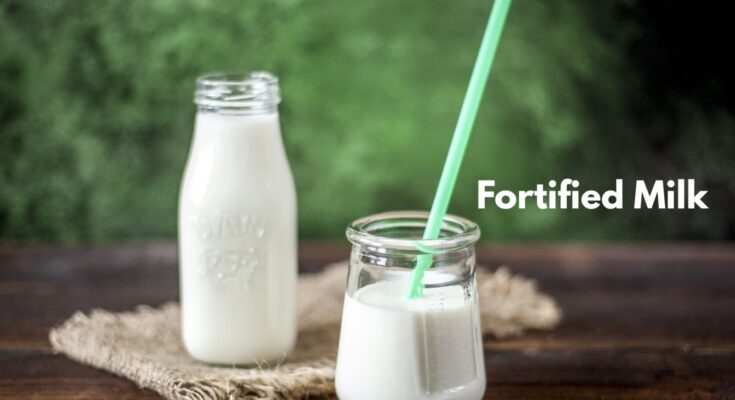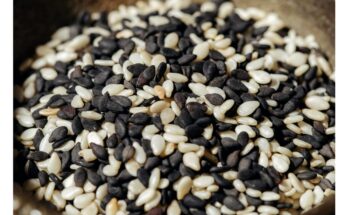Milk has always been a nutritional powerhouse. It’s rich in high-quality protein, calcium, and important fat-soluble vitamins like Vitamin A and Vitamin D—all essential for healthy growth, immunity, and bone development. But did you know that these vitamins are often lost during milk processing?
When milk is toned or skimmed to reduce fat content, vitamins A and D—which are fat-soluble—get removed along with the fat. This is why many countries, including India, are now focusing on fortifying milk by adding these lost nutrients back. This process is known as replenishment.
Why Fortify Milk in India?
India faces a high burden of micronutrient deficiencies, especially Vitamin A and D. According to a report by the Indian Council of Medical Research (ICMR) and the National Nutrition Monitoring Bureau (NNMB):
- Vitamin A deficiency can lead to vision problems, weakened immunity, and increased risk of infections.
- Vitamin D deficiency affects bone health, immunity, and is linked to fatigue and muscle weakness.
Urban populations are particularly vulnerable due to reduced physical activity and limited exposure to sunlight, which is a natural source of Vitamin D.
Milk Fortification: A Practical, Inclusive Approach
Fortifying milk with Vitamins A and D is a practical strategy to improve public health because:
- Milk is consumed across all age groups—from young children to the elderly.
- It requires no change in dietary habits—people continue to enjoy milk as they always have.
- The fortification process is cost-effective and doesn’t affect the taste or appearance of milk.
India’s Advantage: The Dairy Powerhouse
India is uniquely positioned to benefit from milk fortification:
- We are the largest milk producer in the world, with 146.3 million tonnes produced annually.
- The per capita availability of milk is 322 grams per day, meaning there’s already a strong foundation for reaching the masses.
From scarcity in the past, India’s dairy industry has grown into a model of abundance and accessibility. Fortifying this widely consumed product can have a massive impact on the nation’s nutritional status.
Conclusion
Milk fortification is not just about adding nutrients—it’s about protecting the health of millions, especially children and urban populations who may be at risk without even knowing it. As India continues to fight hidden hunger and micronutrient deficiencies, fortified milk is a powerful, everyday solution that fits seamlessly into our lives.
Let’s not just drink milk—let’s drink nutrient-rich, fortified milk for a healthier tomorrow.




